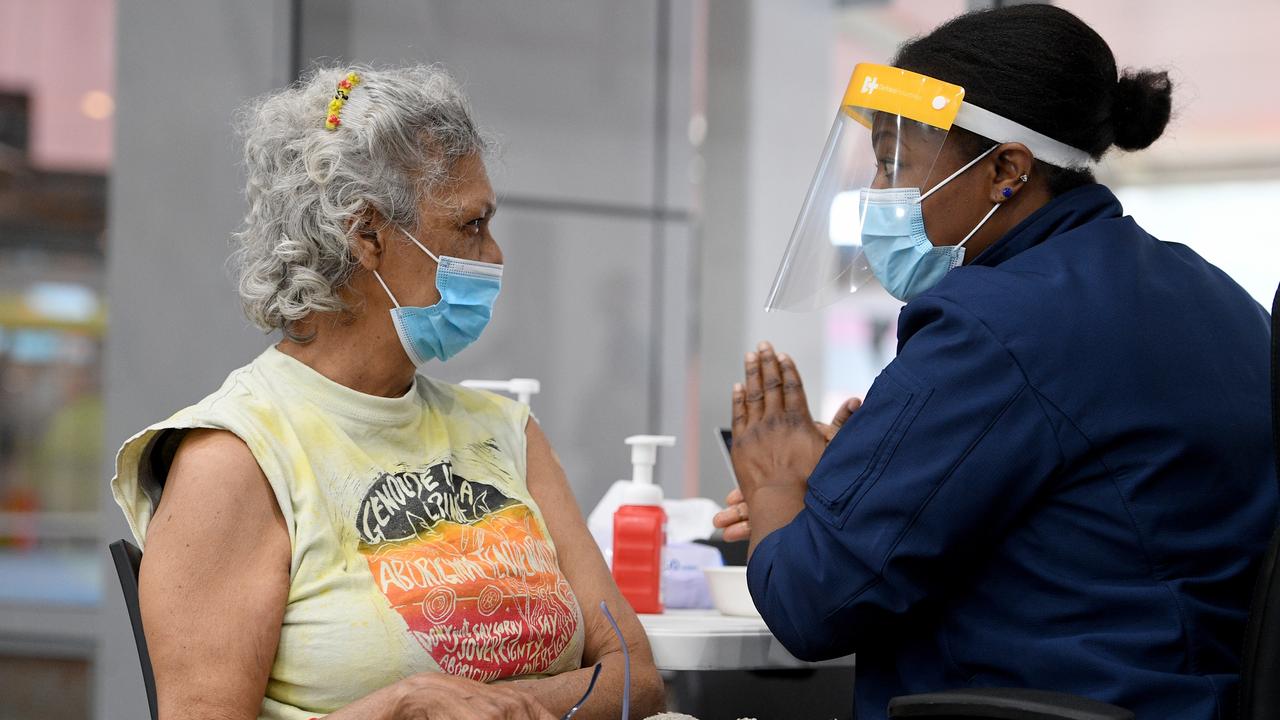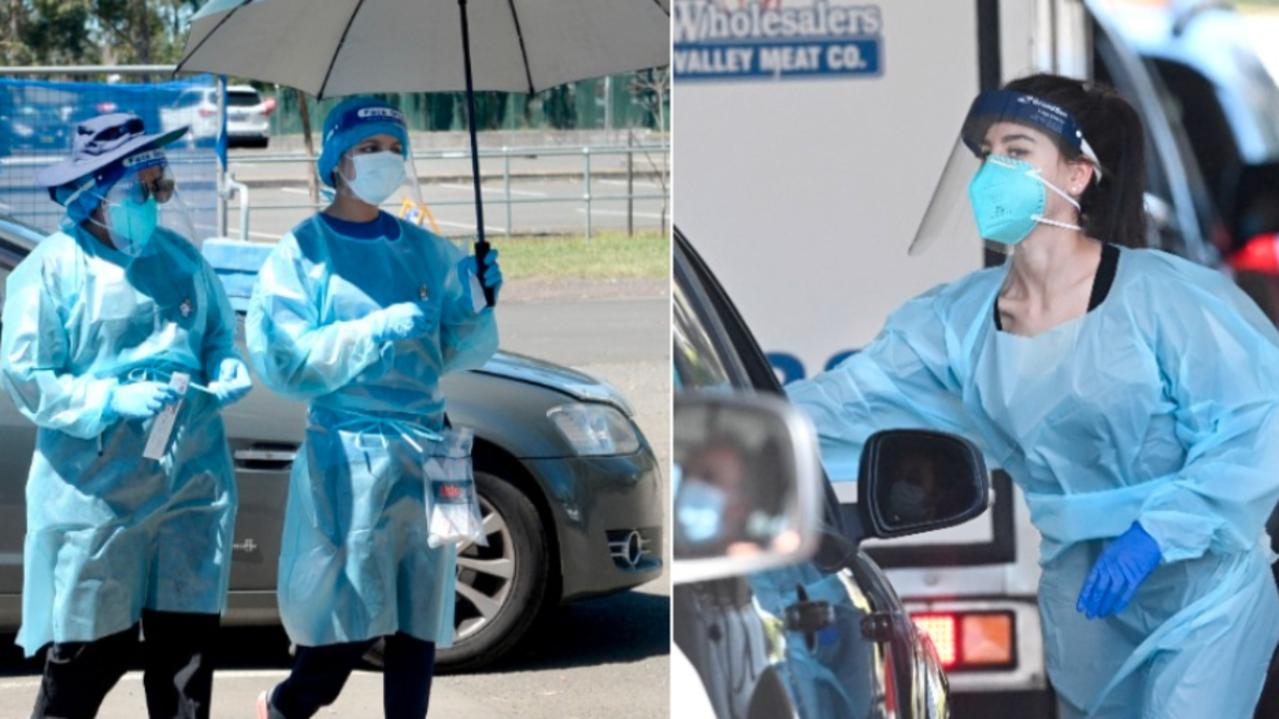Milestone for Collaroy’s landmark Flight Deck
It divided opinion when it was built and continues to do so but there’s no doubting the fact that Flight Deck has become a landmark of the Collaroy beachfront.

Nth Beaches
Don't miss out on the headlines from Nth Beaches. Followed categories will be added to My News.
- The Lookout and Camden Grammar School for Boys at Balgowlah
- Buildings in the bush were just for show
- Titan was the largest floating crane in the southern hemisphere
- Fort Denison’s place in Sydney’s history may surprise you
IT divided opinion when it was built and continues to do so but there’s no doubting the fact that Flight Deck has become a landmark of the Collaroy beachfront.
The first occupants of the 12-storey beachfront building moved in 50 years this month and to help mark the occasion, Warringah local studies librarian Michelle Richmond has delved into the history of the building and the debate its construction generated.

The land on which Flight Deck was built was granted to ex-convict John Ramsay in 1818 – a 165ha grant that stretched along the coast from Fishermans Beach to Narrabeen Lagoon.
In 1823 Ramsay sold his land to another ex-convict, James Jenkins, who, with his daughter Elizabeth, eventually owned the whole coastline from Mona Vale Hospital to Pacific Pde at Dee Why and also owned land at Manly Vale and at the head of North Harbour.


Although Jenkins died in 1835, Ramsay’s land remained in the Jenkins family until it was sold in 1877 to John Wetherill.
From the early 1880s Wetherill began subdividing Ramsay’s land but the blocks, including those on which Flight Deck and its smaller neighbour Shipmates were later built, sold slowly and little development occurred.
By 1904, the lots on which Flight Deck stands were owned by Florence Hanson, who in turn sold some of them to Alice Macken.
Mrs Macken was the sister of brothers Hugh, Mark and Francis Foy, who had founded Mark Foy’s department store, which they named in honour of their father, who had established a drapery store after arriving in Melbourne in 1859.
Alice Macken later bought an adjoining lot and her son Neville bought another.
Alice and her husband, Edward, built a house called Narry on their land, part of which was occupied by the couple and part by Neville and his family.
Until 1928, Narry was the only structure on the beachfront between Frazer St and Ramsay St but development along the beachfront continued during the 1930s, including the construction of a house called Shipmates.

In May 1944 a storm undermined several beachfront homes and destroyed several outbuildings, and in June 1945 a storm washed away several houses and extensively damaged several others.
Seven houses were subsequently demolished and the land between Jenkins St and Arlighton Hall was purchased by Warringah Council for a public reserve.

The Mackens sold their property in 1944, after which it passed through a number of hands until it was bought by Collaroy Towers Pty Ltd in 1960 and Narry was demolished.
In the meantime, Warringah Council had adopted a new planning scheme that allowed high-rise and flat development along the beachfront but it wasn’t until Shipmates was built in 1962 and the foundations were laid next door for the even taller Flight Deck that opposition to such development along the beachfront became more vocal.

In November 1963, 300 people gathered in Collaroy SLSC, formed the Collaroy-South Narrabeen Progress Association and called on the council to modify its planning scheme to stop flats being built and to resume as many houses as possible on the beachfront and demolish them to create open space.
The following month another meeting was held, this time of people who supported the construction of flats along the beachfront.
The council was split on the issue, with some councillors in favour of flats along the beachfront and others opposed to them.

In April 1964 a compromise was reached in which some areas were set aside for flats, some for cottages and some for open space.
In effect, it meant the end of further high-rises along the Collaroy-Narrabeen beachfront, apart from Marquesas at Narrabeen.
Throughout the debate, construction on Flight Deck continued, although two other developments proposed by Collaroy Towers Pty Ltd, to be called Diamond Head and Collaroy Surfside Lodge, were rejected by the council.
By early 1966 Flight Deck was nearing completion, with 36 apartments on its 12 floors, and even though some fitting-out was yet to be finalised, the first residents, the Wright family, moved in on February 14, 1966.


